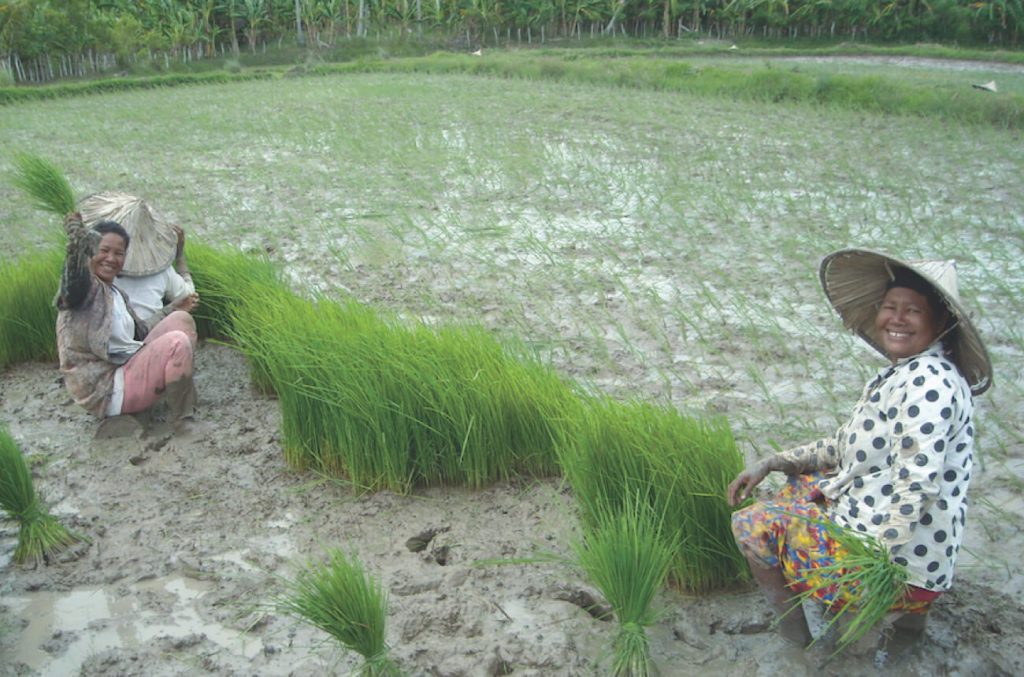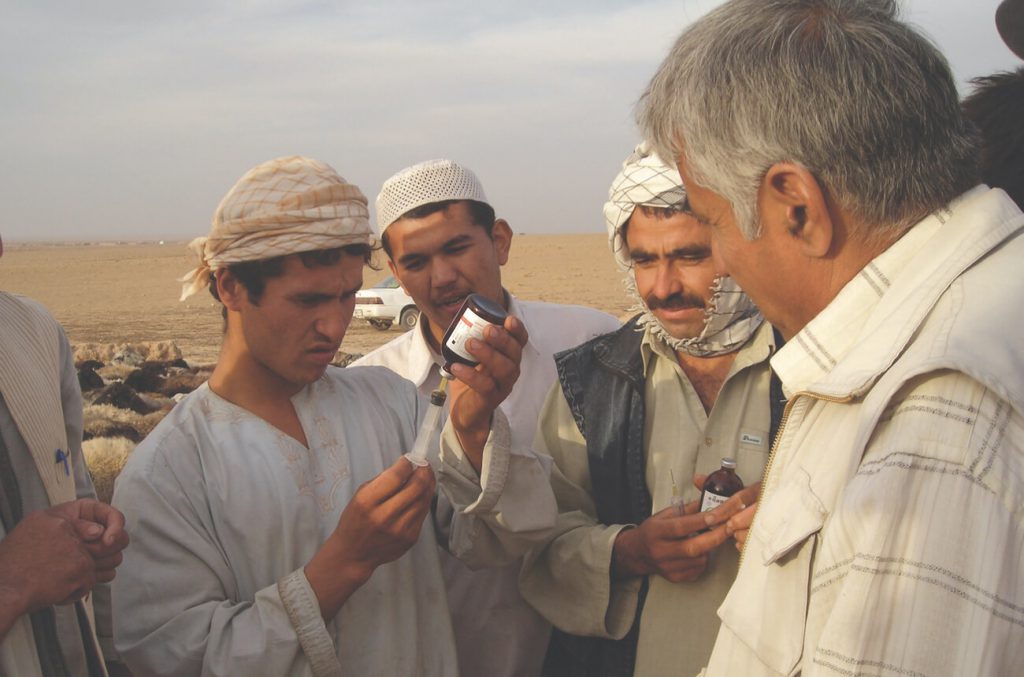admin
Roi Jai Rak Project
The Mae Fah Luang Journal: The Thai Approach on Sustainable Alternative Livelihood Development
JIED: Development Not Drug Control: The Evolution of Counter Narcotic Efforts in Thailand
JIED: Drug and Development in the Urban Setting-Expanding Development-Oriented Interventions Beyond Illicit Drug Crop Cultivation
หนังสือแนะนำองค์กร ภาษาอังกฤษ
Annual Report 2020
Sustainable Alternative Livelihood Development in Aceh
Basic Information
Overview
This project proved to be extremely challenging due to the diverse issues in the area, from civil conflict, the Asian Tsunami, malaria infection, and the high number of physically handicapped.
MFLF therefore reinforced the public health system, providing treatment and prevention for malaria in Lamteuba and neighboring villages. A number of volunteers were brought to Thailand for training workshops with the Prostheses Foundation of HRH the Princess Mother so they could lead the training of the handicapped as well as medical personnel within their own communities.
To improve the quality of life of the villagers, MFLF set up the Sustainable Rural Development Center at Maheng Village which was promoted as a one-stop learning and demonstration center on irrigation, agriculture, livestock, and public hygiene. It is now a learning center for study visits by various delegations.

The Balkh Livestock and Rural Enterprise Development project, Balkh Province, Islamic Republic of Afghanistan
Basic Information
Overview
This project was initially funded by the Government of Belgium, with support from various other sectors, to revive the karakul sheep population, a valuable resource for the region.
The main responsibility for MFLF was livestock development planning that was designed to suit the geo-social environment, after which the Afghan government and local communities would implement the project themselves.
MFLF organized training programs for livestock volunteers, and set up a sheep bank. Each year, participants would exchange 10% of female lambs for veterinary services. These lambs would be presented to households who have requested loans to carry out their own livestock activities. This helped to rehabilitate the economy through social enterprise, raising the number of new livestock farms as well as the numbers of healthy sheep, while reducing their mortality rate.
This method allowed the villagers to help themselves as a form of capacity building.
